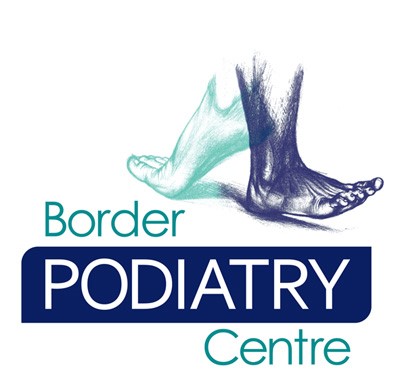When we think about heel pain a key player is plantar fasciitis – it’s very sore, makes it hard to walk and even hard to get out of bed! There are two other supporting players in the conditions of heel pain which include plantar calcaneal bursitis and fat pad syndrome – individually or together these two are ready to take the lead at any time.
Let’s start with plantar fasciitis; it is a painful inflammatory condition of the plantar fascia which commonly affects the area of attachment to our heel bone (calcaneus).

The image to the right will hopefully give a clear picture of the structure. When the plantar fascia is overstretched it can often become inflamed and painful.
The table below outlines some of the common symptoms and causes of plantar fasciitis.
|
Symptoms |
Causes |
|
|
|
|
|
|
|
|
|
|
Plantar fasciitis is a condition that is best caught and treated early before it reaches the chronic stages of presentation. Below are 4 great initial tips to try and get your heel pain moving!
- Change of footwear to a more supportive option. If you are unsure of what features your feet need from shoes, it’s a great idea to be properly fitted for your shoes.
- Daily icing and massage of your sore foot/feet using a frozen water bottle – 10 minutes a day is a great start!
- Daily calf stretching to help reduce pressures on the heel as we are walking by improving ankle range of motion. Helpful hint – working with the stretching posture to the right gives a great stretch through our calf muscles, and be sure to swap legs!
- Strapping of the affected foot/feet to provide increased support to the heel and the arch of the foot.


Bursa development generally occurs around joints to assist with absorbing shock and allowing muscles to glide easily over bones. When bursa become overused or irritated they can become quite painful and inflamed – this is where plantar calcaneal bursitis becomes involved in heel pain. Symptoms are often very similar to plantar fasciitis and in addition there may be a palpable lump at the base of the heel or a throbbing sensation after activity.
The best way to identify the development of a plantar calcaneal bursa is by having ultrasound assessment. Luckily, using the same management techniques as plantar fasciitis to begin with can often work with when it comes to managing plantar calcaneal bursitis!

Fat pad’s – we need them! Underneath your heel is a natural layer of fat that is design to absorb some of the shock experienced when weightbearing (both standing and moving). Fat pad syndrome can often occur related to impact trauma such as jumping or stepping on hard surfaces. These movements and moments of increased pressure can cause inflammation of this fat pad resulting in pain when walking – ouch!
As shown in the image above, as we push down on the foot the fat pad underneath our heel tends to splay out around our heel. Managing fat pad syndrome is often successful with the use of cushioning heel cups and/or orthoses to provide extra shock absorption and keep the fat pad in one place!
If you are trying all of our handy hints and tips but your heel pain is still sticking around be sure to book in for an assessment with one of our experienced podiatrists to get down to the bottom of your pain once and for all! Appointments can be made by calling the clinic on (02) 6024 5577.
